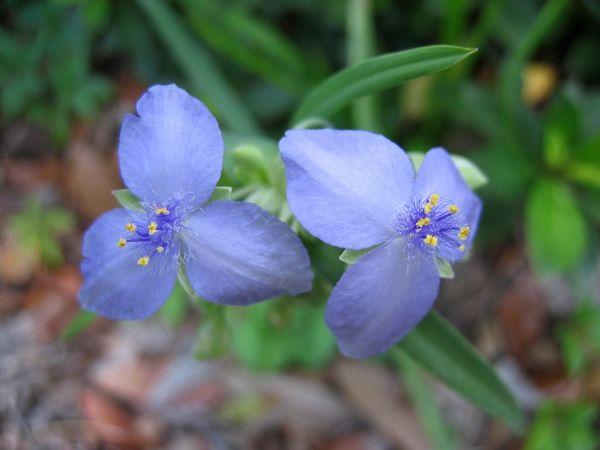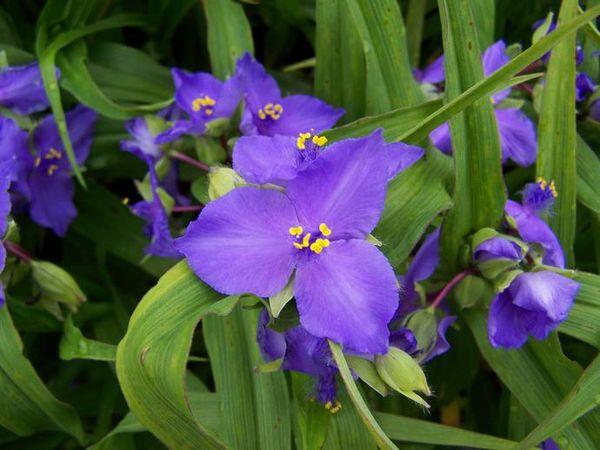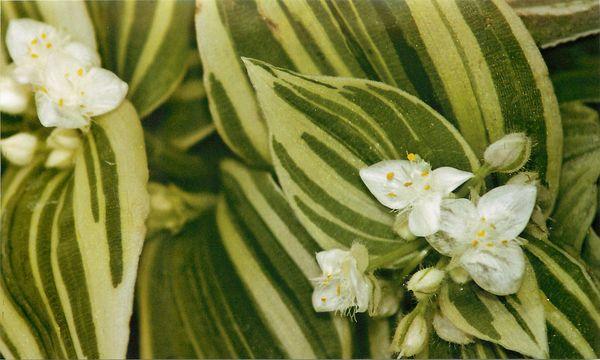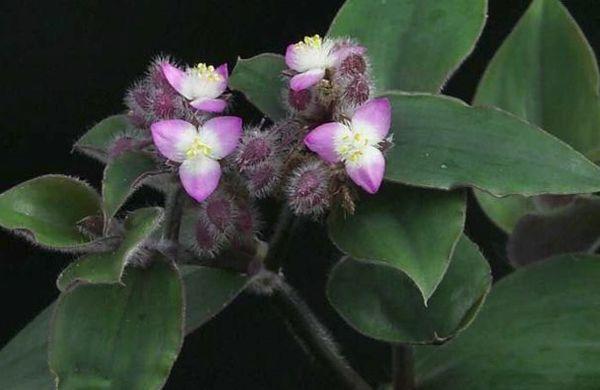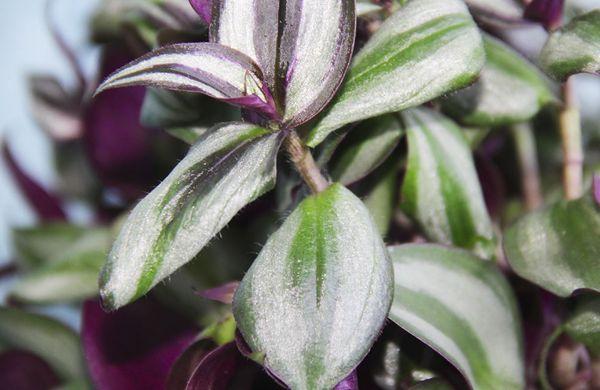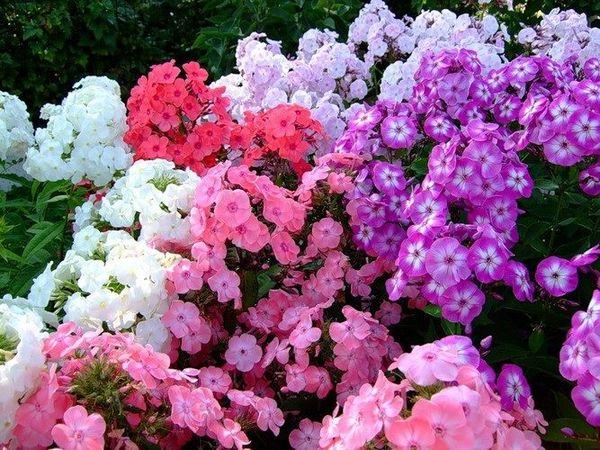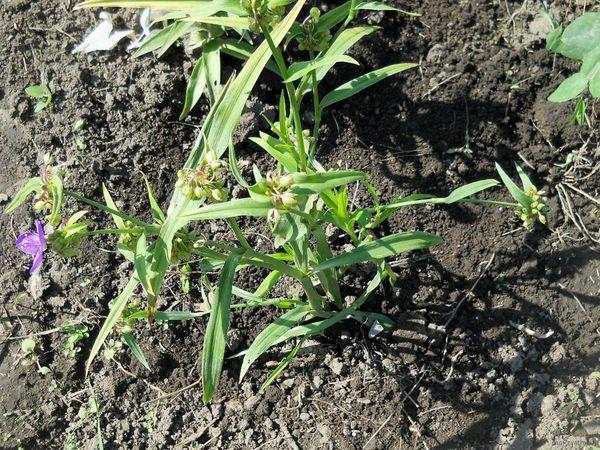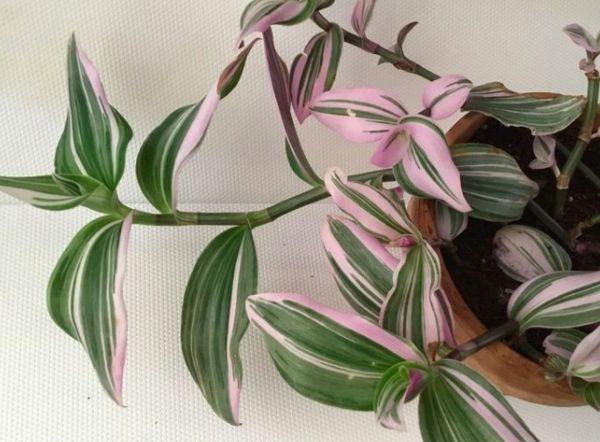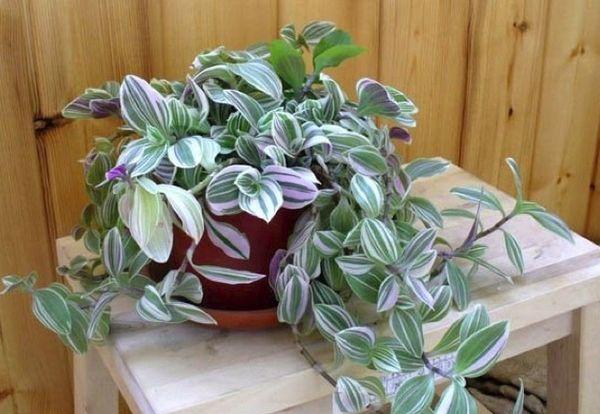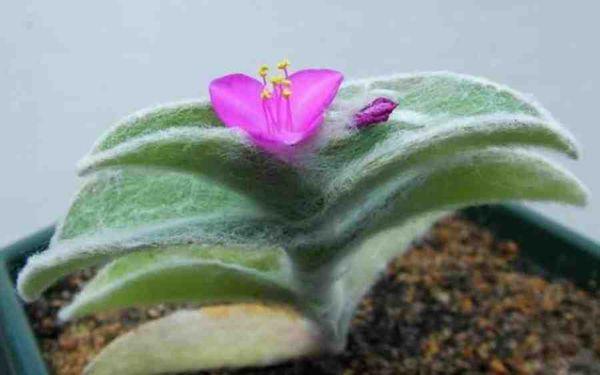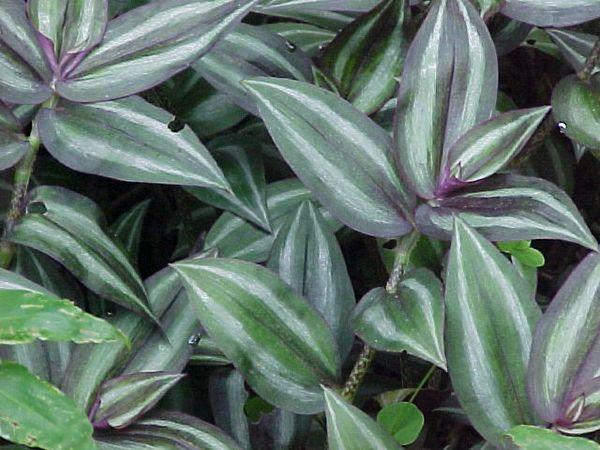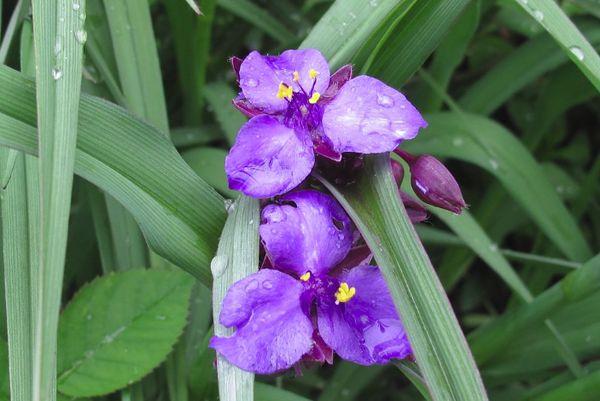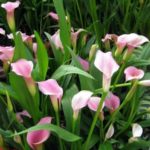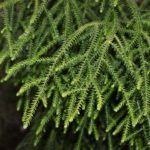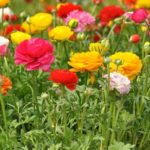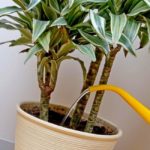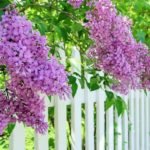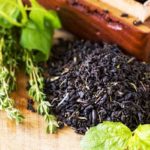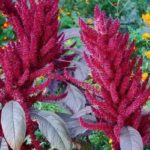Garden tradescantia is one of the best ornamental plants, which is actively used in various fields due to its abundant flowering for six months. This culture has long won the hearts of many gardeners with its unpretentiousness and sustainability. To grow Garden Tradescantia, you need to familiarize yourself with and continue to follow the rules of planting and caring for the crop.
- Description
- Application
- Medicinal properties
- Apartment decoration
- Landscape design
- Varieties
- White-flowered
- Zebrina
- Prirechnaya
- Bedspread
- Blossfeld
- Scaphoid
- Anderson
- Sillamontana
- Myrtifolia
- Hairy
- Virginskaya
- Wegelin
- Charm mix
- rosy bride
- Reo
- Growing in open ground
- Selecting a location
- Soil preparation
- How to plant
- Care
- Watering
- Top dressing
- First
- Second
- Rest
- Fertilizer
- Seasonal maintenance at home
- Planting and replanting into new soil
- Soil preparation
- Why do you need a shallow pot?
- How to transplant
- From the store to the new home
- Care
- Watering
- Top dressing
- Bloom
- Wintering
- Trimming
- Topping
- Care errors
- Diseases and pests
- Spider mite
- Aphid
- Shchitovka
- Slugs
- Reproduction methods
- Cuttings
- Dividing the bush
- Seeds
Description
Tradescantia garden is a herbaceous plant that belongs to the Commelinaceae family. It received its original name in honor of the gardener John Tradescant, who worked at the court of King Charles I of England, who reigned in the 17th century. The culture is distinguished by an enviable duration of flowering before the onset of frost.
The perennial garden tradescantia bush has a thickened fibrous root system and thin knotty shoots. The small-leaved bush grows from 20 cm to 1 meter in height, characterized by spreading leaves of bright green color that lie on the soil.
The buds are small in size, collected in umbrella inflorescences, have a delicate and attractive shape, as well as a variety of colors, namely purple, pink, blue, indigo, white. The fruit is a thin-walled capsule consisting of two halves on which the seeds are located.
Application
Due to its extraordinary attractiveness, Garden Tradescantia is actively used to decorate a personal plot and decorate a room. Among other things, the plant is used in the medical industry, as it has medicinal powers.
Medicinal properties
Tradescantia garden has a number of useful properties and is used in the fight against diseases such as:
- boils;
- infectious diarrhea;
- angina;
- runny nose;
- flatulence;
- diabetes;
- periodontal disease.
Substances contained in Tradescantia garden have antimicrobial, antiviral, wound-healing, and anti-inflammatory effects. In Asia and America, tradescantia is used to treat wounds.
Apartment decoration
Tradescantia domestica is a hanging species and is actively used to decorate houses and apartments. The location of the indoor plant should be selected in such a way that the flower has the opportunity to lower its stems. Hanging vases or flowerpots are considered an ideal option. Pots can be placed on the surface of tall furniture or shelves.
Landscape design
Tradescantia garden allows you to arrange beautiful flower arrangements in landscape design. It has simple, delicate buds that brightly combine with many plants.
Excellent neighbors for tall varieties are hostas, brunners, anemones, swimsuits and astilbes, for low crops - mantles, geraniums, gravilates, lungworts.
Varieties
In nature, there are a large number of different types of Tradescantia, each of which has its own botanical characteristics.
White-flowered
It got its name thanks to the characteristic white stripes on the oval leaves and light umbrella-shaped inflorescences at the top of the peduncle.
Zebrina
The ampelous plant has zebra-shaped leaves with a characteristic silvery sheen. Reaches 80 cm in height, rarely blooms, especially when grown at home.
Prirechnaya
A capricious type of garden Tradescantia, which has high decorative qualities. Ovate leaves with whitish hairs and a pleasant color combination.The color of the small buds varies from white to dark purple.
Bedspread
The variety was popular earlier, but now many gardeners look at it with a touch of nostalgia. This is an ornamental deciduous plant that grows quickly and is distinguished by its unique purple leaf color. In appearance it is associated with plants typical of Mexico and Florida.
Blossfeld
The garden variety of Tradescantia is easily recognized by its dense stems with a red tint. The leaves, with noticeable coarse hair, are dark green on the upper side and purple on the lower side.
Scaphoid
This type of garden tradescantia has no pubescence on the stem; the fleshy, boat-shaped leaves are small in size and have many purple dots on the surface.
Anderson
The bush is erect, up to 80 cm high. The leaves are green in color with a purple tint. Inflorescences vary in color from white to bright purple.
Sillamontana
Tradescantia Sillamontana is also known as “hairy” or “shaggy”. The species belongs to succulents and is characterized by fleshy leaves of bright green color. Medium sized purple buds.
Myrtifolia
Tradescantia with silver stripes on a background of dark green leaves, with a purple color on the bottom. The stem is thin, purple in color.
Hairy
This species is rarely seen. Its stems are straight, and its small leaves are covered with dense hairs that form a fluffy coating. The flowers have a bright pink-lilac color.
Virginskaya
The most common among gardeners is called “street”. An evergreen plant with a height of 30 to 80 cm, which is characterized by inflorescences of delicate pastel colors.The most famous variety in Russia, as it is cultivated in all its regions.
Wegelin
One of the most popular varieties due to its similarity to violet. It has bright blue flowers. During the growth process, the bush grows strongly and reaches a height of 50 cm. The variety is resistant to frost, so it can bloom from the first ten days of June until late autumn.
Charm mix
A perennial plant with a varied selection of shades: pink, white, blue, indigo, violet. It is sown already in early March, actively grows on fertile soils, the variety is quite unpretentious in care.
rosy bride
It differs from other varieties by the presence of pearlescent pink flowers and glossy bright leaves. The plant is not tall, no more than 40 cm. Flowering period: June - last ten days of August.
Reo
A beautiful unpretentious plant that pleases with annual flowering. The rosette of leaves increases by at least 10-15 cm per year. The inflorescences are covered with a bract, which forms a kind of cover.
Growing in open ground
For many, it is new that an ordinary indoor flower can be grown in open ground, since this luxurious perennial shrub is able to bloom for a long time and withstand unfavorable conditions. To admire its flowering all summer long, you need to know the features of growing Tradescantia garden in open ground.
Selecting a location
To grow Garden Tradescantia, you need to select a shaded place. The plant prefers areas with high humidity. Ideally, there should be a body of water near the place of growth. Sandstone is perfect for soil.
Soil preparation
The soil must be freed from weeds, loosened and organic fertilizers applied - vermicompost, peat or humus.
How to plant
Dig small holes in the prepared area and place the seedling vertically in them, straightening the root system. Cover with soil, leaving the root collar to rise 2-3 cm above the ground. Be sure to water the Tradescantia and mulch the area near the root with peat or humus. If the seedling was kept at home, it is recommended to cover it with special material for several days. When it takes root, the cover must be removed. If the varieties are tall, you should take care of a reliable support or garter.
Care
Despite its unpretentiousness, the plant needs proper care, timely feeding, regular watering, pruning and periodic replanting.
Watering
Watering should be given special attention, since Garden Tradescantia is not indifferent to moisture, especially if it is located in the sun. You need to water abundantly and regularly.
With insufficient moisture and heat, the plant stops growing, stops flowering and may even die.
Top dressing
Frequent application of fertilizers can harm the growth and development of Tradescantia garden. In order not to cause harm to the crop, you need to follow the feeding schedule.
First
At the first stage, when the first shoots appear, add a complex of mineral fertilizers.
Second
The next feeding is carried out at the moment of bud formation.
Rest
This is enough for the active growth and development of the plant. If planting was carried out in soil that is rich in clay, then in the coming years you should completely abstain from fertilizers. The rest of the feeding is carried out exclusively as needed.
Fertilizer
It is recommended to use a complex product based on mineral fertilizers as a fertilizer. You can alternate fertilizing with organic matter.
Seasonal maintenance at home
During the cold season, garden tradescantia can be replanted in pots and brought into the house, but in order to avoid habituation and severe stress due to temperature changes, it is better to leave it in the open ground, cutting it off and covering it with special material for the winter.
Planting and replanting into new soil
At least once every 4 years it is necessary to replant garden Tradescantia bushes into a different soil.
Soil preparation
High-quality soil should contain mineral and organic substances.
Why do you need a shallow pot?
The root system of Garden Tradescantia grows proportionally, so to replant the plant you need a standard size pot. This should be a trapezoidal container, the top of which is at least 3 cm larger than the bottom.
How to transplant
The plant needs to be dug up a little and carefully pulled out of the soil, being careful not to damage the root system. Then place it in the selected container, sprinkle it with soil mixture and water it.
From the store to the new home
When purchasing, Tradescantia comes with soil, which is also worth purchasing additionally. It is recommended to replant into new soil every 2 years.
Care
It is with Tradescantia that it is recommended to begin your work in the garden. The plant needs additional care, although it is an undemanding crop.
Watering
Regular watering is the first requirement of the plant. Tradescantia garden does not tolerate drought.
Top dressing
Feeding is optional, but during the growing season and budding it is better to feed the flower using complex fertilizers based on minerals and organic matter.
Bloom
At the end of the flowering period, it is recommended to remove the flower stalks in a timely manner so that seedlings do not fall into the soil, which can sprout the next year and randomly thicken the bush.
Wintering
For the winter, it is necessary to cut off the above-ground part of the plant and mulch the soil with peat or humus. Otherwise, Tradescantia may not survive the winter period.
Trimming
As it grows, it will produce long, bare stems that require pruning. It should be carried out in the spring. The resulting cut can be used as a cutting.
Topping
The procedure is necessary in order to improve the appearance and give the plant volume. It can be done at any time. To do this, cut off the longest stems to the very root, this will provoke the active growth of new young shoots.
If you ignore this agricultural technique, Tradescantia will lose decorative effect: the shoots will be exposed, the leaves will dry out.
Care errors
Possible mistakes that novice gardeners make include:
- overfeeding the plant with nitrogen-based fertilizers;
- nearby heating devices;
- exposure to direct sunlight or, conversely, localization of the plant in the shade;
- water stagnation.
Errors are accompanied by withering or rotting of Tradescantia, its immediate death.
Diseases and pests
Tradescantia garden is resistant to diseases and can resist them even in the absence of proper care. But despite this, ornamental plants can be affected by various pests, which must be controlled with the help of special insecticides.
Spider mite
A small insect that is very difficult to notice due to its small size and frequent location on the back of the leaf.It looks like a dark grain no more than 0.5 mm.
Aphid
An insect that is easy to spot due to the fact that they usually gather in groups and form a noticeable white coating. This pest is very insidious, as it can carry dangerous viruses.
Shchitovka
The tiny insect looks like a flat aphid with a shell. Its invasion is signaled by small brown plaques appearing on the leaves and stems, which lead to the foliage turning pale and falling off.
Slugs
Gastropods crawl and eat the leaves of Tradescantia garden. They are difficult to spot because they are nocturnal.
Reproduction methods
There are three available ways to propagate Garden Tradescantia: cuttings, dividing the bush, and seeds.
Cuttings
The culture is propagated by cuttings; to do this, you should pinch off the tops of the shoots, root them in water and after a few days send the formed plant into the soil.
Dividing the bush
This method involves digging up bushes, dividing them into several parts, and then planting them in new places.
Seeds
By the end of flowering, seeds can be found in the fruits of Tradescantia garden. They must be collected, placed in a cotton or paper bag and stored in a dry, dark place. Sow in spring. Tradescantia garden is a delicate and graceful plant that can reward proper care with beautiful long-lasting flowering.

